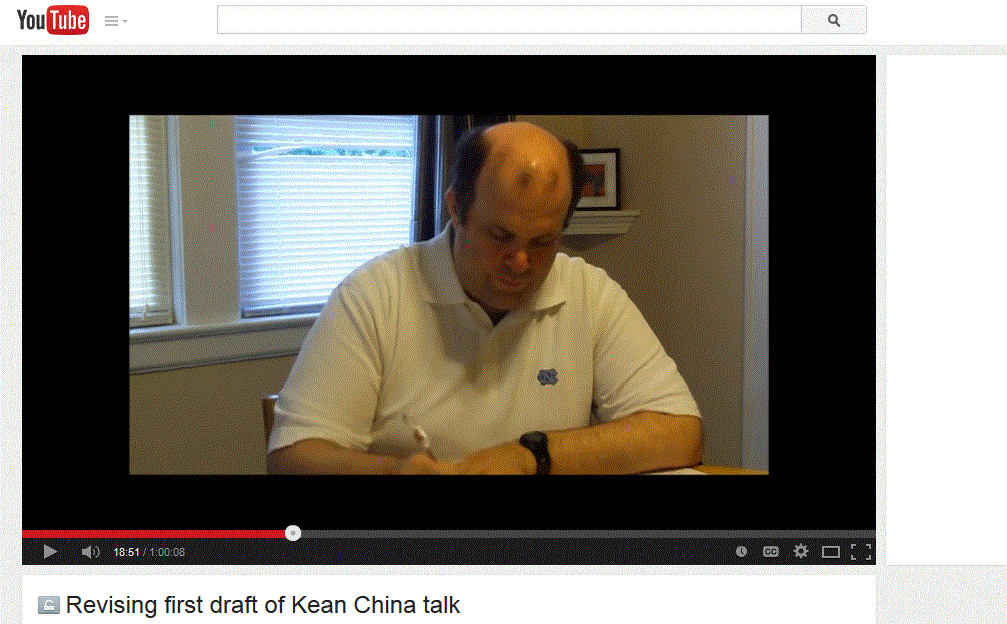A Student's Perspective

At the 2013 Conference on College Composition and Communication, Kean student Juliana Fernandez discussed how many students, especially students at Kean, have not had the kind of experiences that will allow them to take full use of the kinds of prompts and preparation material set up in Writing About Writing texts or other books that use primary research.
Her presentation focused on ENG 3005, an upper-division course in Kean's English-Writing Option. When she took the course, a different faculty member taught it, though that faculty member and I follow the same course objectives. The course is designed to introduce students to the ways members of the Writing Studies community think, research, and write. It is a required course for students in the Writing Option who are working towards certification as Early Childhood or Elementary Education teachers, and an elective for other English majors.
Juliana's talk described her experience working through the autoethnography assignment in Downs and Wardle's text (2011, p. 322). It asks students to examine their own writing process by completing a talk-aloud protocol, which they record, transcribe, code, and analyze. According to Juliana, my professor went over [all parts of the directions] thoroughly in class; however, most of the class seemed to be lost. Just for them to understand the instructions and know what to do for the [brainstorming] part took about two to three classes.
It took multiple one-on-one conferences with her instructor for Juliana to understand what she needed to do. Students who got stuck at the planning stage or who figured out the assignment later faced a significant barrier; as Juliana points out, it was extremely important to keep the timeline in mind, since half of the work required an intense amount of researching, transcribing, and decoding information.
Many of her classmates never did figure out how to complete the assignment.
Juliana's experiences tend to be representative of students in my own classes. Kean students have generally been trained to conduct library research or to interpret literary texts via close-reading. Having to develop analytic categories for non-literary texts or other literacy experiences, count and classify data, and then draw conclusions that synthesize patterns in the data is a new, and often jarring, experience.
This is not to say Kean students are incapable of doing primary research. The professor who taught Juliana's Writing about Writing course has taken over twenty panels of undergraduate students to national and international conferences, including CCCC several times. Our students just need a different type of support than most textbook-defined pedagogies currently provide.